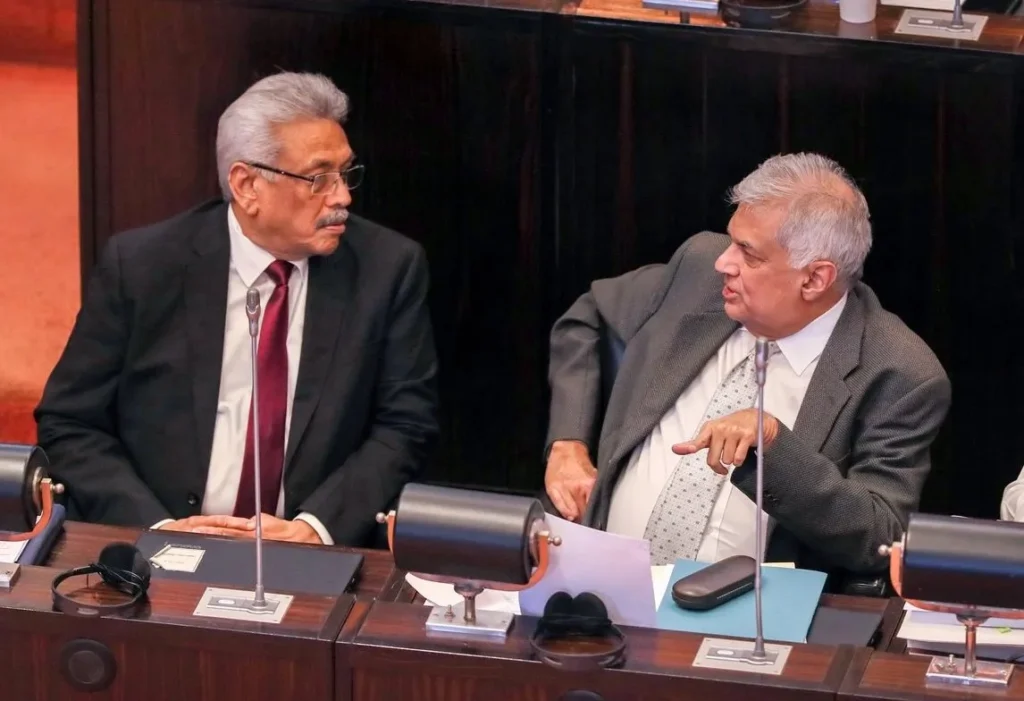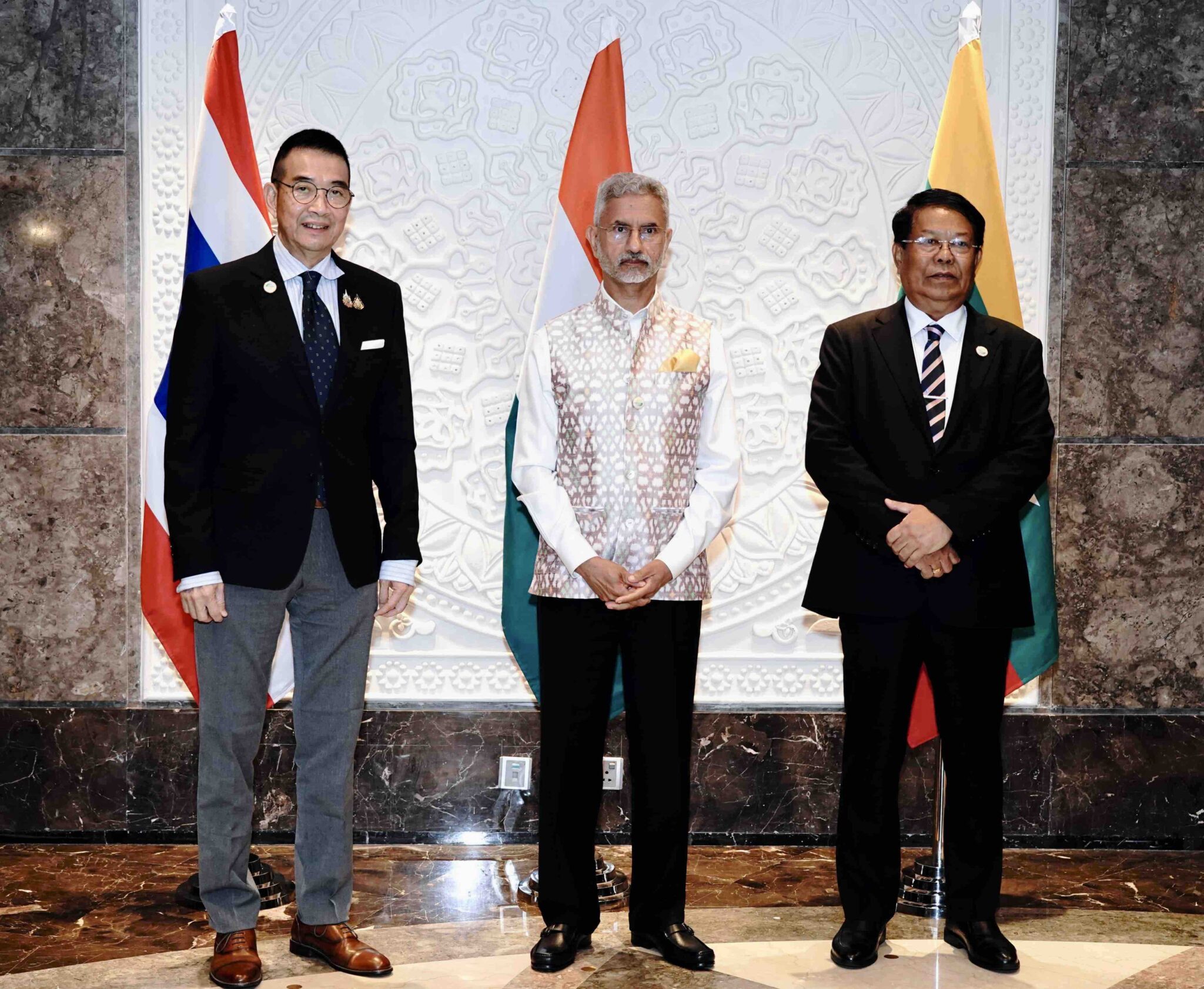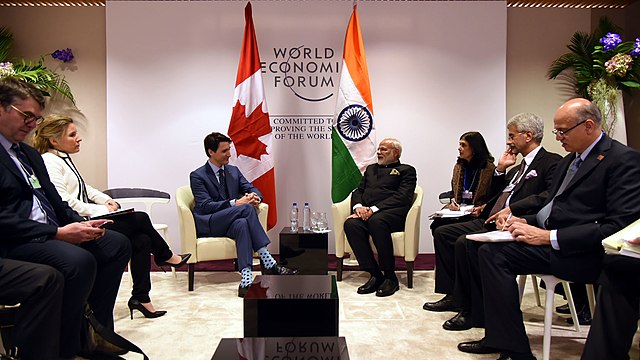By Rathindra Kuruwita – Associate Fellow SAFN

On late March 2022, several hundred people, fueled by anger over a worsening economic crisis, attempted to storm then-President Gotabaya Rajapaksa’s private residence. A few weeks later, protestors gathered at the Galle Face Green and made camp, demanding the resignation of Rajapaksa and an end to the political system that had brought economic, political, and social chaos.
A month later, on 09 May, prime minister Mahinda Rajapaksa resigned following island-wide protests after Sri Lanka Podujana Peramuna (SLPP) supporters attacked the Gota Go Gama, the campsite of the anti-government protestors. Two months later, on 09 July, protestors forced Gotabaya Rajapaksa to flee the country and resign as President. He is the first Sri Lankan head of state to resign due to protests.
The country was euphoric following the resignation of the Rajapaksas and the apparent delegitimization of the post-1977 political order. There were reasons to be. This was the first time, in its post-independence history, that Sri Lankans had come onto the streets, en masse, and imposed their will on the political class. Sri Lankans, living in Asia’s oldest democracy, have traditionally changed leaders through ballot and intellectuals and activists, for decades, have lamented the tolerance of their countrymen and women towards corruption of their leaders. There was renewed hope in the power of the people and a change in the system.
A year later, the euphoria has somewhat died down. The discredited political establishment remains in power. The executive presidency, abolition of which was a key demand in the 2022 protests, remain and is wielded by a man who is not hesitant to use its immense powers to crush dissent. The economy has stabilized and a deal with the IMF has been struck but it’s universally acknowledged that the country is not out of the woods yet. The local council elections have been postponed and there is uncertainty about who the people actually have faith in.
“However, resentment is strong among the people with problems created by the political establishment..”
Essentially, it seems that President Ranil Wickremesinghe has weathered the political, economic, and social tensions ushered in by the economic crisis and has reestablished the post-1977 political order. However, resentment is strong among the people with problems created by the political establishment and the smarter factions of the political establishment knows well that new political forces, harnessing the power of social media and the growing anti-political bent of the youth can radically change how things are done in the country.
What brought people onto the roads?
From the storming of the Bastille to the Arab Spring, the link between worsening economic conditions and anti-government protests are well established. These situations are also fertile grounds for cadre based political parties who have been warning about impending crises.
In 2022, Sri Lanka was experiencing the worst economic crisis since independence. Sri Lanka’s economic woes have been snowballing for decades, with the balance of payment issues severely plaguing the country since 1977. Export income, tourism revenues and workers remittance were not adequate to meet import expenditure and Sri Lanka had been borrowing rapidly from local and international sources.
Sri Lanka transitioned into a middle-income country in the 2000s cutting it off from concessional loans. From 2007, the country started borrowing heavily from the International Sovereign Bond markets. These loans come at higher interest rates and a lesser maturity period and around 12 billion U.S. dollars between 2015 and 2019 alone.
“Gotabaya Rajapaksa, who came to power in 2019, had neither the experience nor the temperament to realize the gravity of the economic crisis before him and made several unforced errors..”
Sri Lankan leaders, old political foxes with decades of experience behind them, had managed to keep the economy afloat through various ploys. Gotabaya Rajapaksa, who came to power in 2019, had neither the experience nor the temperament to realize the gravity of the economic crisis before him and made several unforced errors. COVID-19 put an end to tourism revenues and limited worker remittances. By early 2022, Sri Lanka had run out of reserves.
Queuing up for fuel and gas as well as crippling electricity cuts became a part of daily life. Without these essential goods and services, the economy ground to a standstill, leading to mass public anger.
Accompanying the crisis and the inconveniences it was causing was a disillusionment of the political establishment which had ruled the country since independence. One of the key slogans of protestors was that all 225 parliamentarians must resign. There were also demands for tougher anti-corruption laws, independent watchdog committees, and for good governance.
Has nothing changed?

Ranil Wickremasinghe at Sri Lanka Parliament
The protestors managed to chase away Gotabaya Rajapaksa in July 2022 and ignited public interest in accountability and governance and dismantled racist discourses that had dominated the country for decades. However, the rest of their demands and aspiration, from the abolition of the executive president to good governance, have failed to take off the ground.
“Wickremesinghe and the SLPP that backs him have been attempting to usher in repressive laws..”
Ranil Wickremesinghe, a figure from the political establishment that the protestors had so abhorred, is in power and has managed to quell the protests and had bought over sections of the protestors. Wickremesinghe and the SLPP that backs him have been attempting to usher in repressive laws that stifle dissent and curtail the freedoms of media and civil society, i.e., the anti-terrorism act, proposal to establish a Broadcasting Regulatory Commission and the bureau of rehabilitation bill. Parliamentary elections have not been held, another demand of the protests, and in fact the government has even postponed the local council elections. An anti-corruption bill has been passed, however, given that there is no political will to punish corruption, it is unlikely that the law will precipitate in the change of behavior of politicians.
Why did the protests fail to achieve its objectives? The most attractive feature of the protests for many Sri Lankans, jaded by years of professional politicians, was the leaderless and spontaneous nature of these events.
The usual suspects in organizing protests, left-wing unions and student groups, played a minuscule role at the onset of the protests. In fact, when the initial protest for April 3 was being organized, these groups had distanced themselves from the protests fearing that this was a state-sponsored psyop.
These developments correspond with transformations in the dynamics of movement organizing since the introduction of digital technologies. Increasingly, organizational entities like political parties no longer lead the mobilization, and often the driving forces behind these protests are grassroots activists and incidental participants who have leveraged a wide variety of digital technologies. Thus, digitally driven activism is often characterized by organizing beyond formal organizations.
“After getting rid of Gotabaya Rajapaksa there was ultimately nothing holding these various groups together, allowing the establishment to return.”
However, just like social media-driven and leaderless protests in other countries, the lack of legitimate representatives for conflict-deescalating negotiations, a rise in legitimacy-sapping violence, and the lack of policy coherence have started to become a problem as the protests dragged on. After getting rid of Gotabaya Rajapaksa there was ultimately nothing holding these various groups together, allowing the establishment to return.
Author – Rathindra Kuruwita is an Associate Fellow at SAFN. He is a journalist and a researcher from Colombo, Sri Lanka. He holds a MSc in Strategic Studies from S. Rajaratnam School of International Studies, NTU, Singapore. He was also a fellow at Daniel K. Inouye Asia-Pacific Center for Security Studies, USA, and a participant of the International Visitor Leadership Program (IVLP) conducted by the U.S. Department of State. He writes on security and international relations to several publications and has written extensively on the Sri Lanka-China relationship.



